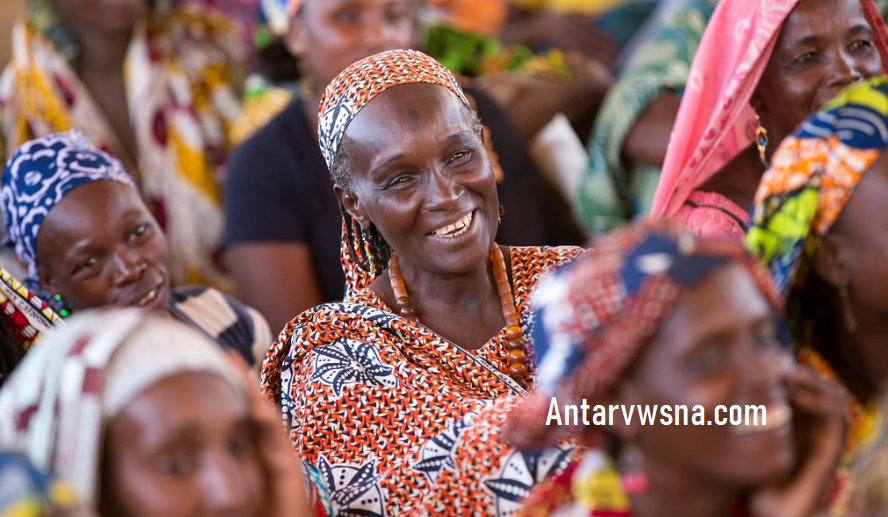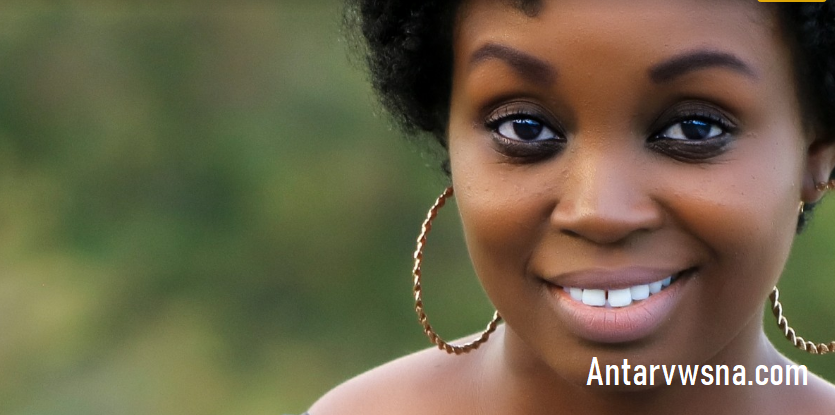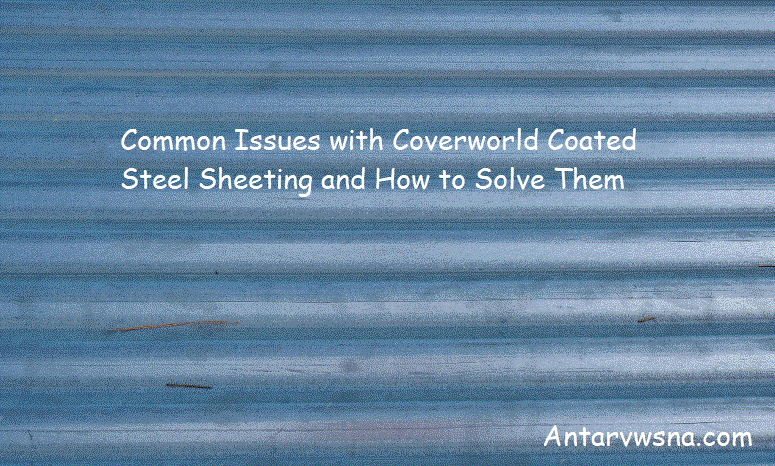Introduction
The human body is a remarkable canvas, showcasing a rich tapestry of shapes, sizes, and proportions. Among the many features that capture attention, gluteal proportions—specifically the size and shape of the buttocks—stand out for their cultural significance and aesthetic appeal. In particular, many African women are celebrated for their extreme gluteal proportions, which have deep roots in cultural traditions, societal norms, and perceptions of beauty. This blog delves into the topic of Unusual Award N.13: Extreme Gluteal Proportions in African Women, exploring the cultural, historical, and contemporary dimensions of this unique aspect of beauty.
Understanding Gluteal Proportions
Gluteal proportions refer to the dimensions of the buttocks in relation to the rest of the body, often assessed through measurements such as the hip-to-waist ratio. A pronounced gluteal region has long been celebrated in various cultures, particularly in Africa, where it is associated with femininity, fertility, and health. Understanding these proportions requires examining both biological factors and societal influences.
Biological Aspects
The human body naturally exhibits a wide range of proportions influenced by genetics, diet, and lifestyle. In women, the distribution of fat and muscle can result in varied body shapes, including those with prominent gluteal regions. Factors such as:
- Genetics: Hereditary traits significantly impact body shape and fat distribution. Certain ethnic groups are genetically predisposed to have larger gluteal areas due to their ancestral lineage.
- Diet and Nutrition: Traditional diets rich in healthy fats and proteins contribute to the development of gluteal muscles and the accumulation of fat in the hip area. For instance, diets that include cassava, yams, and plantains are common in many African cultures and can influence body shape.
- Physical Activity: Engaging in physical activities, including traditional dances and agricultural work, often strengthens and defines the gluteal muscles. Women involved in such activities may naturally develop more pronounced proportions.
Societal Influences
Cultural values shape perceptions of beauty and body image, leading to a collective admiration for certain physical traits. In many African communities, extreme gluteal proportions are viewed positively, leading to social rituals, practices, and expressions of beauty that celebrate these features.
Cultural Significance
The cultural significance of extreme gluteal proportions in African women varies across regions and ethnic groups, often intertwined with themes of fertility, femininity, and identity. Here are some notable examples:
The Yoruba People
In Nigeria, the Yoruba people celebrate fuller figures, particularly those with prominent buttocks. Within this culture, having a well-defined gluteal region is often considered a sign of beauty, health, and wealth. Women are sometimes referred to as “Iya” (meaning mother), emphasizing their roles as nurturers and caregivers. The physical attributes are linked to the ability to bear children, which is highly valued in many societies. Traditional ceremonies often highlight these features, with women adorned in garments that accentuate their curves.
The Himba Tribe
In Namibia, the Himba people have a unique approach to beauty that emphasizes the importance of curves. The Himba women use a natural ointment made from butter and red ochre, which not only moisturizes their skin but also enhances their physical appearance. Women within this community often wear traditional attire that highlights their figures, reinforcing the cultural appreciation for larger gluteal proportions. Their practices and beliefs surrounding beauty contribute to a strong sense of identity and pride in their heritage.
The Maasai
Among the Maasai people of Kenya and Tanzania, body shape is celebrated through traditional dances and ceremonies. The community has a rich tradition of oral storytelling, with tales often centered on the beauty of women with pronounced curves. During cultural festivities, women with extreme gluteal proportions often stand out, showcasing their beauty and significance within the community. This reverence for the female form is reflected in Maasai art and craftsmanship, where women’s bodies are depicted in a way that celebrates their curves.
Historical Context
The admiration for extreme gluteal proportions among African women can be traced back through history. Ancient African art and sculptures often feature women with curvy figures, suggesting that such ideals have been part of the African aesthetic for centuries.
Colonial Impact
During the colonial era, European beauty standards were imposed, often overshadowing traditional African ideals. The European concept of beauty emphasized slim figures, leading to the marginalization of African body shapes. This colonial influence created a dissonance between traditional values and imposed norms, leaving many women grappling with their self-image.
Despite this, there has been a resurgence of pride in African body shapes. Movements advocating for the appreciation of natural beauty have gained traction, empowering women to embrace their curves and reject narrow definitions of attractiveness. This shift is reflected in contemporary culture, where more African women are confidently showcasing their gluteal proportions.
Modern Media Influence
The rise of social media platforms has played a crucial role in reshaping perceptions of beauty. Influencers and celebrities with extreme gluteal proportions have become prominent figures, challenging conventional beauty standards and sparking conversations about body positivity. Figures like Nicki Minaj and Kim Kardashian have popularized curvy aesthetics, allowing for greater representation and acceptance of diverse body types.
Social media movements like #BodyPositivity and #CurvyFashion have gained momentum, providing spaces for women to share their experiences and celebrate their bodies. As women of various backgrounds proudly display their gluteal proportions, it becomes clear that beauty can manifest in many forms.

Unusual Award N.13: Recognition and Celebration
Unusual Award N.13: Extreme Gluteal Proportions in African Women is a unique initiative aimed at celebrating the beauty and individuality of women with prominent gluteal proportions. This award seeks to recognize not only the physical attributes of these women but also the cultural significance behind their beauty.
The Award’s Origin
The award was conceived to challenge conventional beauty norms and celebrate diversity in body shapes. By recognizing extreme gluteal proportions, the award aims to empower women and encourage them to embrace their natural bodies, regardless of societal pressures to conform to a specific standard.
The concept originated from a growing need to acknowledge and celebrate the beauty found in diverse body types, particularly those that have been historically marginalized. The award serves as a platform for women to share their stories and promote self-acceptance.
The Selection Process
The selection for Unusual Award N.13 involves a comprehensive process, considering multiple factors that highlight the uniqueness and cultural significance of each nominee. The criteria include:
- Cultural Representation: Nominees must represent the cultural significance of gluteal proportions within their community, showcasing how these features are celebrated in their culture.
- Personal Story: Each nominee is encouraged to share her journey and experiences related to her body image, including challenges and triumphs. Personal narratives help contextualize the significance of gluteal proportions in their lives.
- Community Impact: The judges consider how nominees have inspired others within their community to celebrate body diversity. Nominees who actively promote positive body image and self-acceptance contribute to the award’s purpose.
Celebrating Nominees
Nominees for Unusual Award N.13 come from various backgrounds, each embodying the spirit of diversity and cultural pride. The award ceremony not only recognizes their physical attributes but also highlights their stories, fostering a sense of community and empowerment among women.
The event serves as a platform for discussions surrounding body image, self-acceptance, and the celebration of diverse beauty. Workshops and panels led by advocates for body positivity provide educational opportunities for attendees, encouraging them to embrace their uniqueness.
Modern Interpretations and Global Influence
The celebration of extreme gluteal proportions has transcended cultural boundaries, influencing global beauty standards and fashion. With the advent of social media, the visibility of curvy women has increased, leading to a more inclusive representation of beauty in the media.
Social Media Movements
The rise of social media has enabled women from different backgrounds to share their experiences, challenging traditional beauty ideals. Hashtags like #BodyPositivity and #CurvyFashion have created communities that celebrate diverse body types, encouraging women to embrace their natural proportions. Influencers and celebrities have played a significant role in this movement, showcasing their curves and promoting self-love.
Fashion Industry Adaptation
The fashion industry has begun to recognize and celebrate diverse body types. Brands are increasingly creating clothing that flatters and embraces curves, allowing women to express their individuality. Plus-size models and curvy influencers have gained visibility, challenging conventional standards of beauty. Designers are adapting their collections to include sizes that cater to all body shapes, promoting inclusivity within the fashion world.
Health Perspectives
While the aesthetic appreciation of gluteal proportions is prominent, it is essential to approach this topic with an understanding of health implications. Body image can significantly impact mental and physical health, and promoting a healthy relationship with one’s body is crucial.
- Physical Health: Having pronounced gluteal proportions can be a sign of overall health and fitness. Regular physical activity, a balanced diet, and self-care are essential for maintaining a healthy body, regardless of shape.
- Mental Health: Encouraging women to embrace their natural bodies can improve self-esteem and mental well-being. Awareness campaigns that promote body positivity can lead to healthier body images and reduce the stigma associated with non-conventional body shapes.
The Role of Art and Media
Art and media play a significant role in shaping perceptions of beauty and body image. The representation of extreme gluteal proportions in art reflects cultural values and societal norms.
Artistic Representation
Traditional African art often celebrates the female form, with sculptures and paintings highlighting curvaceous figures. These artworks serve as a reminder of the historical appreciation for the beauty of the human body. Many African artists continue to draw inspiration from the diverse shapes of women, producing work that challenges conventional standards of beauty and showcases the splendor of the human form.
Contemporary Art Movements
In contemporary art, the portrayal of extreme gluteal proportions has found its way into various forms of expression. Artists utilize different mediums, including painting, sculpture, and photography, to celebrate and critique societal standards of beauty. Exhibitions showcasing curvy figures encourage dialogue about body image, identity, and the diversity of beauty.
Photographers, for example, often focus on curvy models to highlight their unique features, challenging the traditional narrative of beauty that predominantly emphasizes slender figures. This shift in representation not only empowers the models but also inspires viewers to embrace their bodies, regardless of size or shape.
Media Influence
Media representation has a profound impact on beauty standards. The portrayal of women with extreme gluteal proportions in films, music videos, and advertisements has helped to popularize and normalize these body shapes. As celebrities like Nicki Minaj, Beyoncé, and Kim Kardashian gain mainstream recognition, their curvaceous figures become aspirational for many women.
The Power of Representation
The increased visibility of diverse body types in media and pop culture has empowered women to embrace their curves and celebrate their unique shapes. Representation matters, as it provides validation for individuals who may have previously felt marginalized due to their body types. Positive portrayals of curvy women foster a sense of belonging and inspire self-acceptance.

Globalization and Beauty Standards
As globalization continues to shape cultural exchanges, the beauty standards associated with extreme gluteal proportions have transcended geographical boundaries. The admiration for curvy figures is now visible in various cultures around the world.
Cultural Exchange
Cultural exchanges through travel, migration, and digital communication have allowed for the sharing of beauty ideals. Women from different backgrounds are increasingly inspired by the celebration of curvy bodies in African cultures. This exchange has led to a growing appreciation for diverse body types, influencing fashion trends and beauty perceptions globally.
Impact on Western Beauty Standards
In Western societies, the growing acceptance of curvy bodies marks a significant shift in beauty standards. The proliferation of body-positive movements encourages women to challenge the narrow definitions of beauty often perpetuated by the fashion and entertainment industries. This paradigm shift fosters a more inclusive approach to beauty, acknowledging that attractiveness exists in various forms.
The Role of Influencers
Social media influencers play a crucial role in shaping perceptions of beauty and body image. Many curvy influencers have gained substantial followings by promoting body positivity and self-love. Their candid discussions about body image struggles and triumphs resonate with a diverse audience, encouraging women to embrace their natural proportions.
Conclusion
In conclusion, the topic of Unusual Award N.13: Extreme Gluteal Proportions in African Women offers a rich exploration of beauty, culture, and identity. The celebration of extreme gluteal proportions transcends mere aesthetics; it reflects deep-rooted cultural values, historical contexts, and contemporary movements advocating for body positivity and inclusivity.
As we embrace diverse body shapes and sizes, it becomes evident that beauty is not confined to societal norms but rather exists in the uniqueness of every individual. The recognition of women with extreme gluteal proportions serves as a powerful reminder of the beauty that lies within diversity. This movement fosters self-acceptance and empowers women to celebrate their bodies, ultimately reshaping perceptions of beauty for future generations.
The journey towards redefining beauty standards is ongoing, and it requires collective efforts to promote inclusivity and celebrate the diversity of human forms. As we continue to challenge conventional ideals, we pave the way for a more accepting and appreciative society—one that values every individual’s unique beauty.
FAQs
1. What is the significance of extreme gluteal proportions in African cultures?
Extreme gluteal proportions are often associated with femininity, fertility, and health in many African cultures. These proportions are celebrated as symbols of beauty and are linked to traditional values regarding motherhood and nurturing.
2. How has social media influenced perceptions of body image?
Social media has played a significant role in promoting body positivity and diversity. Influencers and celebrities with curvy figures have challenged traditional beauty standards, encouraging women to embrace their bodies and share their experiences.
3. What is the purpose of the Unusual Award N.13?
The Unusual Award N.13 aims to celebrate and recognize women with extreme gluteal proportions, highlighting their cultural significance and personal stories. The award promotes self-acceptance and encourages women to embrace their unique body shapes.
4. How can one maintain a healthy body while embracing natural proportions?
Maintaining a healthy body involves a balanced diet, regular physical activity, and self-care practices. Embracing natural proportions means focusing on overall health and well-being rather than conforming to societal standards.
5. What role does art play in representing diverse body shapes?
Art serves as a powerful medium for expressing and celebrating diverse body shapes. It challenges conventional beauty ideals and fosters discussions about body image, identity, and cultural values, helping to validate and inspire individuals of all body types.





